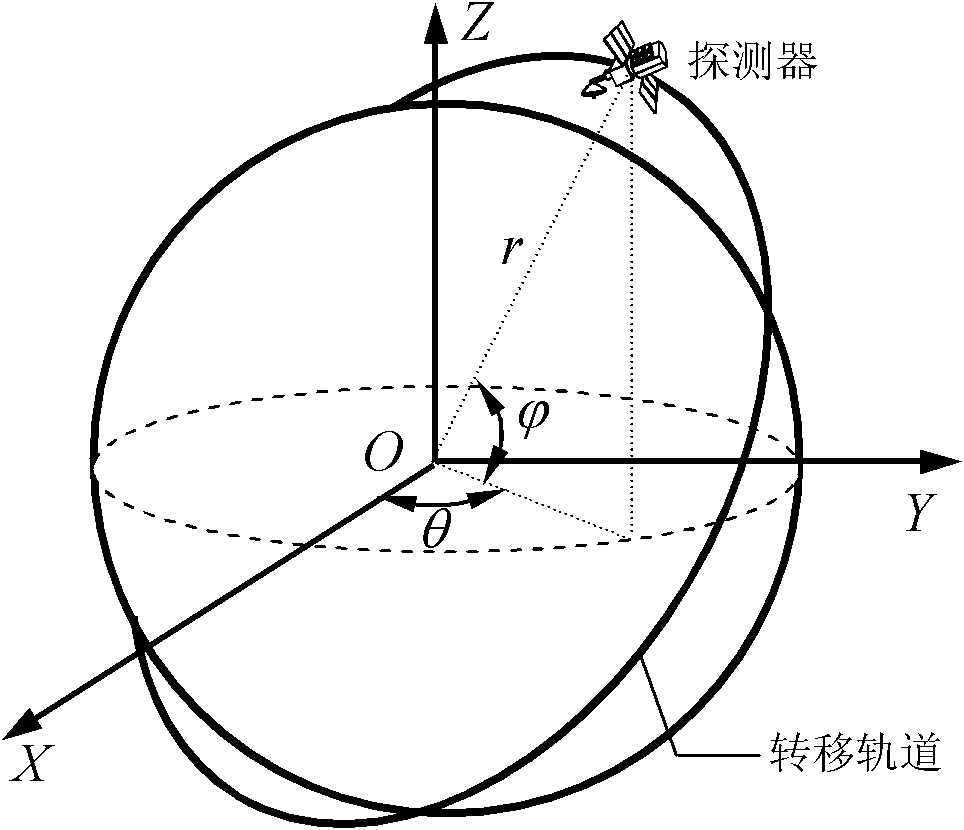Interplanetary low-thrust transfer orbit design method based on polynomial approximation
A technology of polynomial approximation and transfer orbit, which is applied in the field of deep space exploration and transfer orbit, can solve problems such as low efficiency, poor robustness, thrust direction assumption, etc., and achieve the effect of improving calculation efficiency, reducing difficulty, and rapid design
- Summary
- Abstract
- Description
- Claims
- Application Information
AI Technical Summary
Problems solved by technology
Method used
Image
Examples
Embodiment Construction
[0020] The rapid design method of the interplanetary low-thrust transfer orbit is solved by iterative optimization calculation method. The solution process is divided into initial value guessing of design variables, calculation of boundary conditions at the beginning and end, calculation of polynomial coefficients, calculation of performance indicators and constraints, and adjustment of design variables. parts.
[0021] 1) Guess the initial value of the design variable
[0022] The initial value guess Z of the design variable of the given transfer orbit 0 .
[0023] 2) Calculation of start and end boundary conditions
[0024] By reading the planetary ephemeris file, according to t 0 Get the position velocity vector r of the heliocentric Cartesian coordinate system of the departure star L and v L , according to t f Get the position velocity vector r of the target star A and v A , then the boundary conditions at the start and end of the detector can be obtained as
[00...
PUM
 Login to View More
Login to View More Abstract
Description
Claims
Application Information
 Login to View More
Login to View More - R&D
- Intellectual Property
- Life Sciences
- Materials
- Tech Scout
- Unparalleled Data Quality
- Higher Quality Content
- 60% Fewer Hallucinations
Browse by: Latest US Patents, China's latest patents, Technical Efficacy Thesaurus, Application Domain, Technology Topic, Popular Technical Reports.
© 2025 PatSnap. All rights reserved.Legal|Privacy policy|Modern Slavery Act Transparency Statement|Sitemap|About US| Contact US: help@patsnap.com



